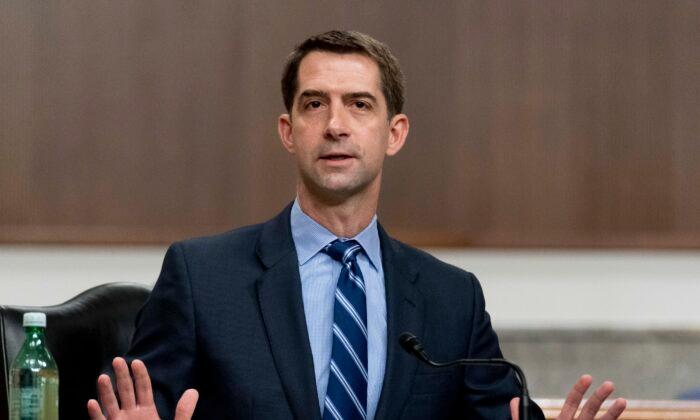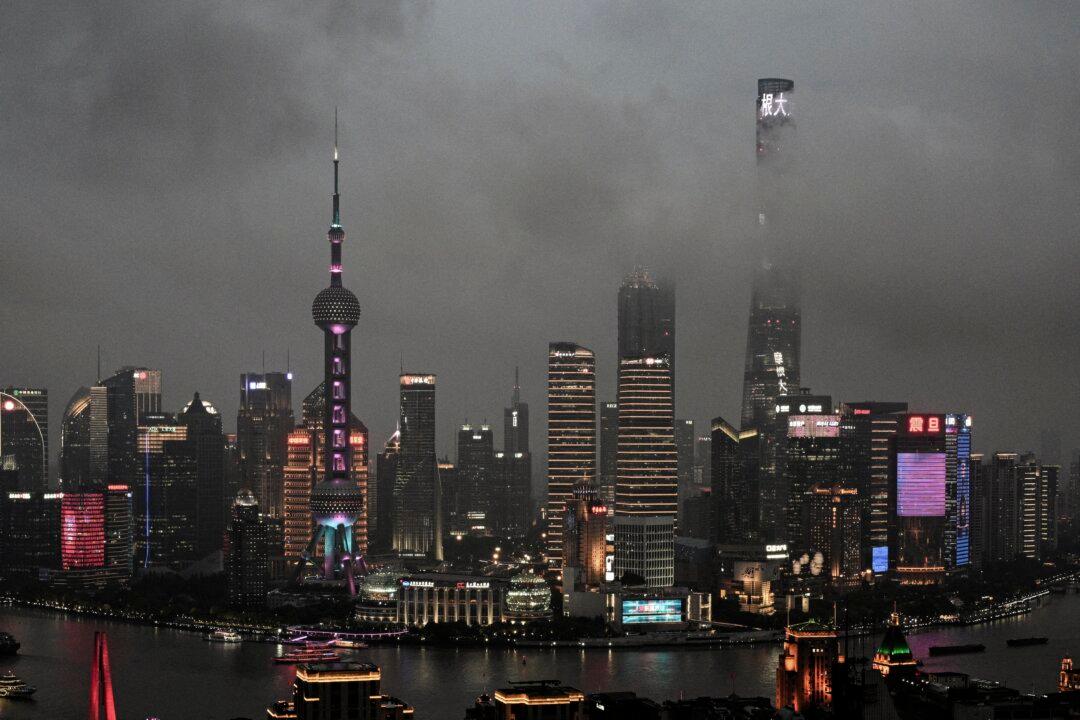China’s manufacturing activity unexpectedly shrunk in October, according to state official survey data, a negative sign showing that the world’s second-biggest economy is facing a bumpy road to recovery.
China’s National Bureau of Statistics data, released on Oct. 31, showed that the manufacturing purchasing managers’ index (PMI) declined to 49.5 in October, compared with 50.2 in September.
The official PMI is below market expectations as both Reuter’s and Bloomberg’s survey of economists projected China’s official PMI of 50.2 in October.
Meanwhile, the non-manufacturing PMI also dropped to 50.6 in October, down from 51.7 in September, indicating a slowdown in activity in the vast service sector and construction.
“The weak PMI data may reflect some of the weakness in demand related to the housing slump and a slowdown in infrastructure spending,” said Xu Tianchen, senior economist at the Economist Intelligence Unit.
PMI is an important economic indicator, showing the current trends in manufacturing and service sectors. A PMI reading above 50 indicates expansion, while a number below suggests contractions.
Within the manufacturing PMI, the new-orders subindex fell to 49.5, down from 50.5 in September, while raw materials inventory declined to 48.2 from September’s 48.5. The new-export-orders subindex dropped to 46.8, compared with 47.8 in September.
The official composite PMI, including both manufacturing and service sectors, also dropped to 50.7, down from 52 a month ago.
Facing Headwinds
Policymakers have since June unveiled a raft of measures to shore up growth, including modest interest-rate cuts, increased cash injections, and more aggressive fiscal stimulus. However, analysts say more policy support may be needed to ensure the economy reaches Beijing’s annual growth target of about 5 percent.Last week, China approved a 1 trillion yuan ($137 billion) sovereign bond issue in the fourth quarter and allowed local governments to front load part of their 2024 bond quotas to support investment and economic growth.
In October, the central bank injected the biggest cash support since late 2020 via short-term policy loans to allow banks to extend credit as well as keep interest rates low.
Earlier in October, the World Bank cut China’s gross domestic product growth (GDP) forecast for 2024 to 4.4 percent, down from 4.8 percent in its April forecast, as its economy faces multiple issues.
In addition, the Atlantic Council GeoEconomics Center, a Washington-based think tank, and the Rhodium Group, a research organization, released a report saying that China’s economy “is running out of road.” The report identified core problems of the world’s second-largest economy, warning that “structural threats to economic stability have never been greater.”






